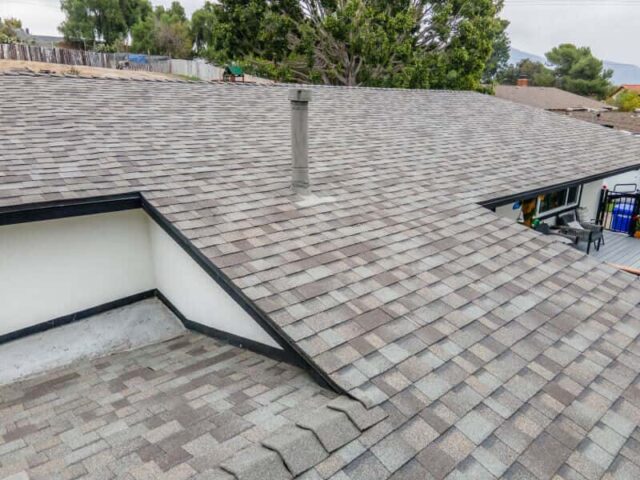Insulation of Your Roof
Energy Efficiency Certificate (EPC) rankings provide a suggestion of how power reliable your residence is. Protecting (lagging) the loft room of your residence is among the less expensive as well as simpler ways of improving the house’s energy performance and also gaining a greater Power Efficiency Certificate (EPC) rating. This write-up takes a look at just how much insulation you need, and at several of the different materials, you can use.
Regarding 25% of complete warm loss is sent through a residential or commercial property’s roof, yet the loft area is among the most convenient locations to retro healthy insulation. Everyone realizes that delaying your loft space is a great suggestion, yet individuals often take too lightly the thickness of insulation that is called for to significantly enhance power performance.
The amount of warmth transferred through a building’s roof/floor/wall is described by its U-value. The U-value records the energy lost in Watts per metre squared per level Celsius (kelvin), as well as is tape-recorded in units of W/m2. k The reduced a material’s U-value the better an insulator it is. To meet present Building Regulations the roof of a home covering has to have a U-value of no more than 0.16 W/m2. k.
For the EPC study any kind of building that has less than 150mm of mineral woollen (or equivalent) lagging will be recommended to increase this to at the very least 250mm, however, present Building Regulations call for a minimum of 270mm of mineral woollen insulation for brand-new builds (to attain a U-value of 0.16 W/m2. k). When retrofitting insulation it would certainly be quite affordable to aim for someplace between 300mm and also 450mm density to achieve a high level of energy effectiveness.
These measurements are all based upon mineral woollen insulation, such as Rockwool, however various sorts of delaying have different residential or commercial properties, so the required depth will vary. As an example, phenolic foam insulation such as Kingspan just requires to be half the thickness of mineral wool insulation such as Rockwool to accomplish the same U worth.
Nowadays there is a wide variety of different insulation products offered on the market besides the common mineral woollen as well as phenolic foam things. Many individuals are currently selecting delaying made from natural fibres instead of oil-based synthetic items. Feel free to visit www.guardianhome.com/seattle-aquarium/ to find more info.

Lamb Woollen is swiftly growing in popularity as a delayed product, as well as is now offered in most of the large high street do-it-yourself stores. It is a natural as well as sustainable item that is absolutely non-toxic and also does not irritate the skin, making it much better to collaborate with than mineral wool. It is hygroscopic, meaning that it can take in and afterwards release approximately 35% of its very own weight in water from the bordering environment, helping manage humidity and also secure bordering timbers.
Whilst absorbing water wool releases power in the form of warmth, warming the surroundings. The reverse occurs as it launches moisture during warmer periods, creating a cooling result. In addition to this, it is naturally highly firing immune.
Hemp lagging such as Hemcore gives all the same benefits as sheep woollen, as well as in addition to this it is very efficient in taking in sound, making it specifically helpful for shielding in between floors, or in urban locations where noise pollution is a problem.

